An epidemic is an increase, often sudden, in the number of cases of a disease above what is normally expected in that population in that area. Bullying, in all its forms, is on the rise and has become a silent epidemic in the United States.
Some may mistakenly view bullying as playground harassment – “teasing in the schoolyard” story. However, it is so much more than that.
Many unfortunate consequences occur for bullied individuals that bullies don’t think about when they’re in the act.
STOMP Out Bullying aims to end this epidemic through educational resources for youth, schools and parents, and by facilitating conversations within our communities.
Bullying is Creating a Mental Health Crisis
You hear the phrase “mental health crisis” used on the news but we don’t often hear about how bullying is a huge contributor to the crisis.
In an age where individuals are taking their mental and emotional health into their own hands, bullying is not spoken of enough as a contributing factor to a mental health epidemic.
Bullying can have long-term effects on mental and emotional health. Bullied individuals and bullies are more likely to suffer from depression, anxiety, and lower self-esteem.
Research suggests that some kids who were bullied as children end up seeking help for a psychiatric problem, and others who were bullies as children also sought medical treatment for mental health as teen or young adults.
Child and teen bullying and cyberbullying are at an all-time high.
Being a victim of bullying can lead to problems with social interactions and even self harm. Some kids are so tormented that suicide has become an alternative to the daily suffering of being bullied.
Bullying can contribute to the intense feelings of helplessness and hopelessness involved in suicidal behaviors. Victims and offenders who have experienced continued, frequent bullying are at higher risk for suicidal behavior, and bully victims have the highest risk for suicidal behavior.
Let’s Improve and Maintain Mental Health
Emotional and mental health is a vital part of overall health. Individuals who are connected to their emotional health journey are in control of their thoughts, feelings, and behaviors.
They’re able to cope better with life’s challenges – such as bullying. They can keep challenges in perspective and rebound quickly from setbacks. They have higher self-esteem and have better relationships.
Being healthy doesn’t mean you have to be happy all the time. Emotionally and mentally healthy people still feel stress, anger, and sadness. Being healthy just means that you’re consciously aware of your emotions. You can acknowledge them, whether they’re positive or negative.
These are some ways you can improve or maintain good emotional and mental health:
- Be aware of your reactions and emotions
- Stop, pause, think, then react
- Manage stress levels
- Create balance
- Make your physical health a priority
- Connect with others
- Find purpose and meaning
- Positive thinking
Types of Bullying that Affect Mental Health
One out of every five (20.2%) students report being bullied. We used to view ‘bullying’ historically as a broad overarching word but now we understand there to be many types of bullying and discrimination.
Bullying comes In various forms:
- Physical Bullying
- Verbal Bullying
- Emotional
- Racist Bullying
- Sexual Bullying
- Cyberbullying
With technology evolving, it is allowing cyberbullying to evolve as well. It allows individuals to hide behind a screen and bully, use hate speech, and discriminate against you from the tip of their fingers or palm of their hand.
Common forms of cyberbullying include:
- Bullying by phone calls
- Text messages
- Picture/video
- Using the internet (bullying through emails, chat room, through instant messaging, and via websites, including blogs)
What You Can Do
Unfortunately, bullying is a problem that affects people of all ages. Whether you’re a student or a parent, you can help to end the problem.
Use comebacks in person. Never respond to cyberbullies. Delete their posts and block them.
Tell someone immediately. Continue to document incidents and report them. Support the individual by helping them report the bullying.
As we know, words carry weight. So do your part and help stop bullying by being an active upstander. The most effective way to do that is to be a positive force in the world one person at a time.
Start today by sharing this blog with everyone to spread awareness on this rising epidemic.
HelpChat Line:
If you or someone you know is feeling suicidal PLEASE call 911 or the National Suicide Prevention Lifeline at: 1-800-273-TALK (1-800-273-8255) or go to the nearest hospital emergency room IMMEDIATELY so you can get help!
The STOMP Out Bullying™ Live HelpChat Line is a free and confidential help chat for kids and teens over the age of 13. It is intended to assist those who are victims of all forms of bullying and those who may be at-risk for suicide as a result of being bullied.
Content Source: STOMP Out Bullying

